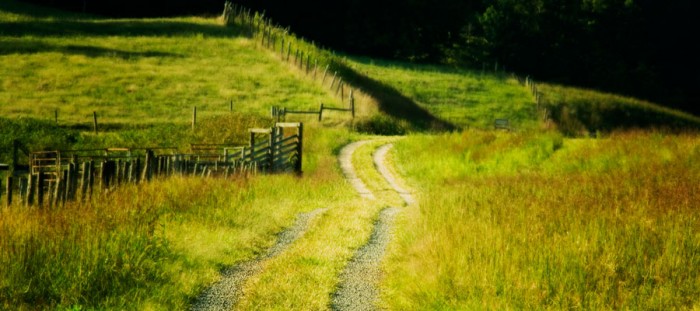Take a second to consider this for a second: would you rather eat a tomato that was shipped 1,000 miles or one that was grown just down the street? Don’t like tomatoes? Okay, how about raspberries? As you go out for a walk, wouldn’t it be nice to get away from all that pavement and go pick a couple raspberries as you admire the surrounding hills and meadows? As you make your breakfast in the morning, imagine admiring spectacular fall colors rather than your neighbor’s monochrome turf lawn.
As people begin to realize that residential developments don’t necessarily have to be ecological nightmares, localized agriculture has become, dare we say it, sexy. All across the country, residential developments that include agricultural components are springing up. Some communities are incorporating edible landscaping–like fruit and nut trees, berry bushes, cabbage, and lettuce–and allow residents to pick whatever they can use. Others include large tracts set aside for community gardening and even full-fledged farms. For example, FSC affiliate McKee Carson designed the master plan for Bundoran Farm, a 2,300-acre conservation community in beautiful rural Virginia that incorporates cattle, orchard and forestry operations, and a network of trails all while nestling 102 sensitively placed home sites into the landscape.
Best of all, the market is responding. Property values in agricultural areas are skyrocketing. Homeowners are demonstrating greater satisfaction with their choice of location. And homes in conservation developments are selling faster and for more than their counterparts in conventional developments.
We encourage you to learn more about incorporating agriculture into residential communities by reading The Wall Street Journal’s article “An Apple Tree Grows in Suburbia.”

